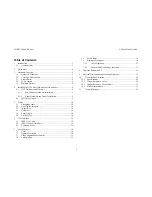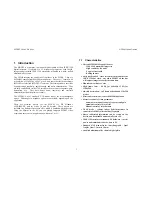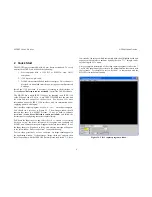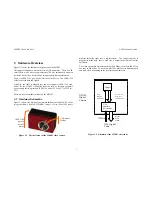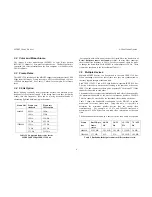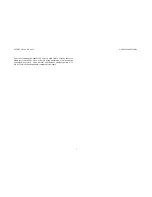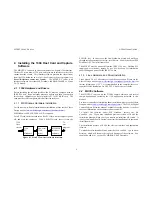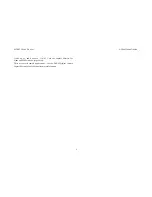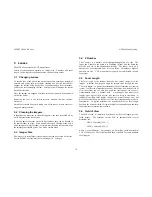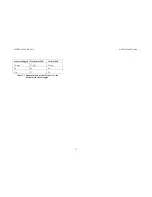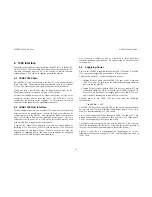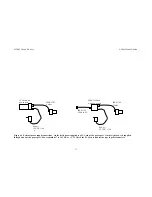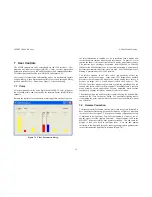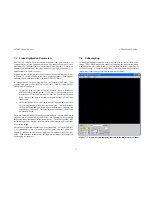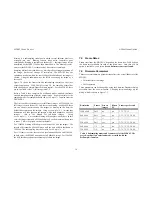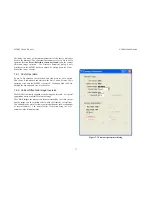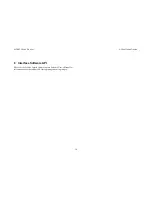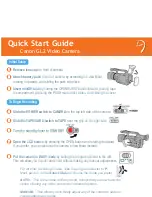
MDCS2
U
SER
’
S
M
ANUAL
©
2004
V
IDERE
D
ESIGN
3
1 Introduction
The MDCS2 is a compact, low-power digital camera with an IEEE 1394
digital interface. It consists of a 1.3 megapixel, progressive scan CMOS
imager and associated IEEE 1394 electronics, mounted in a rigid, milled
aluminum alloy frame.
The CMOS imagers are an upgrade from those in the MDCS. They are
MT9M001 sensors from Micron Semiconductor.. They are ½” format, with
a resolution of 1280 H by 1024 V pixels, and come in either monochrome
(MDCS2) or colorized (MDCS2-C) versions. These imagers have excellent
dynamic range, sensitivity, anti-blooming, and noise characteristics. They
are fully controllable via the 1394 interface: the user can set exposure, gain,
decimation, etc. They have better noise, sensitivity, and crosstalk
characteristics than the previous sensors.
The MDCS2/C uses standard C/CS-mount lenses for user-changeable
optics. Wide-angle to telephoto options are available, depending on the
application.
There are software drivers for the MDCS2 for MS Windows
98SE/2000/XP, and for Linux 2.4 and 2.6 kernels. These drivers are
included in a Software Developer’s Kit, which is bundled with the devices.
Using the libraries in the kit, you can quickly integrate MDCS2 video
acquisition into your own applications, written in C or C++.
1.1 Characteristics
•
Micron MT9M001 Megapixel Sensor
1280 x 960 maximum image size
High sensitivity, low noise
Low pixel cross-talk
Rolling shutter
•
Fully synchronized – video stream is synchronized to the
IEEE 1394 bus clock. Any other MDCS2 on the bus
will capture images at exactly the same time.
•
Monochrome or Bayer Color
•
High frame rates – 60 Hz for 640x480, 15 Hz for
1280x960
•
On-chip decimation – full frame 640x480 and 320x240
modes
•
Electronic zoom mode – center 640x480 subwindow
•
Extensive control of video parameters
Automatic or manual control of exposure and gain
Automatic control of black level
Manual control of color balance
•
50 Hz mode – reduces indoor light interference in
countries with 50 Hz electrical line frequency
•
Stereo calibration information can be stored on the
device, and downloaded automatically to the PC
•
IEEE 1394 interface to standard PC hardware – carries
power and commands to device, data to PC
•
Standard C/CS mount lenses, interchangeable – focal
lengths from 3.5 mm to 50 mm
•
Anodized aluminum alloy chassis, high rigidity


